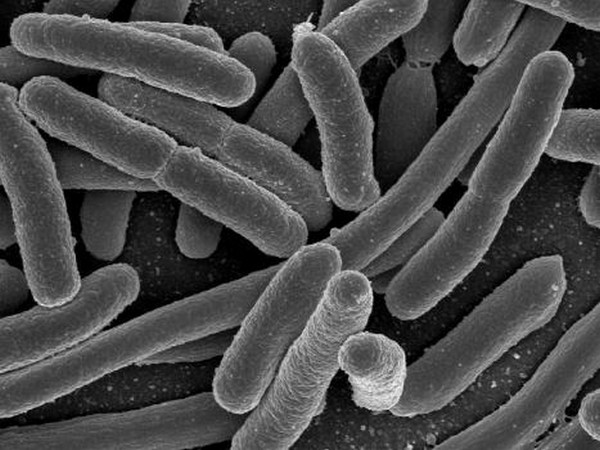Study reveals individualised mosaics of microbial strains transfer from maternal to infant gut
Microbial communities in the intestine -- also known as the gut microbiome -- are vital for human digestion, metabolism and resistance to colonisation by pathogens. The gut microbiome composition in infants and toddlers changes extensively in the first three years of life but the researchers have long been finding the origin of these microbes.

- Country:
- United Kingdom
Microbial communities in the intestine -- also known as the gut microbiome -- are vital for human digestion, metabolism and resistance to colonisation by pathogens. The gut microbiome composition in infants and toddlers changes extensively in the first three years of life but the researchers have long been finding the origin of these microbes. Only more recently have they been able to identify individual strains within a single species using powerful genomic tools and supercomputers that analyse massive amounts of genetic data. Researchers now have used their microbiome "fingerprint" method to report that an individualised mosaic of microbial strains is transmitted to the infant gut microbiome from a mother giving birth through vaginal delivery.
Scientists have long been able to analyse the gut microbiome at the level of the 500 to 1,000 different bacterial species that mainly have a beneficial influence; only more recently have they been able to identify individual strains within a single species using powerful genomic tools and supercomputers that analyse massive amounts of genetic data. The researchers at the University of Alabama at Birmingham detail transmission by analysing existing metagenomic databases of faecal samples from mother-infant pairs, as well as analysing mouse dam and pup transmission in a germ-free, or gnotobiotic, mouse model at UAB, where the dams were inoculated with human faecal microbes. The study was published in the journal Royal Society Open Science.
"The results of our analysis demonstrate that multiple strains of maternal microbes -- some that are not abundant in the maternal faecal community -- can be transmitted during birth to establish a diverse infant gut microbial community," said Casey Morrow, Ph.D., professor emeritus in UAB's Department of Cell, Developmental and Integrative Biology. "Our analysis provides new insights into the origin of microbial strains in the complex infant microbial community." The study used a strain-tracking bioinformatics tool previously developed at UAB, called Window-based Single-nucleotide-variant Similarity, or WSS. Hyunmin Koo, Ph.D., UAB Department of Genetics and Genomics Core, led the informatics analysis. The gnotobiotic mouse model studies were led by Braden McFarland, Ph.D., assistant professor in the UAB Department of Cell, Developmental and Integrative Biology.
Morrow and colleagues have used this microbe fingerprint tool in several previous strain-tracking studies. In 2017, they found that faecal donor microbes -- used to treat patients with recurrent Clostridium infections -- remained in recipients for months or years after faecal transplants. In 2018, they showed that changes in the upper gastrointestinal tract through obesity surgery led to the emergence of new strains of microbes. In 2019, they analysed the stability of new strains in individuals after antibiotic treatments, and earlier this year, they found that adult twins, ages 36 to 80 years old, shared a certain strain or strains between each pair for periods of years, and even decades, after they began living apart from each other. In the current study, several individual-specific patterns of microbial strain-sharing were found between mothers and infants. Three mother-infant pairs showed only related strains, while a dozen other infants of mother-infant pairs contained a mosaic of maternal-related and unrelated microbes. It could be that the unrelated strains came from the mother, but they had not been the dominant strain of that species in the mother, and so had not been detected. (ANI)
(This story has not been edited by Devdiscourse staff and is auto-generated from a syndicated feed.)
- READ MORE ON:
- PhD










